Scientific Evidence tells the story of the Olmec civilization
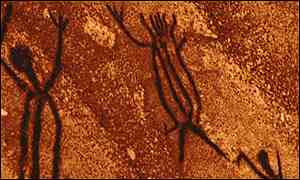 Olmec Cave Paintings found with skulls date more than 10,000 years.
Olmec Cave Paintings found with skulls date more than 10,000 years.
The costumes and rituals shown in rock art survived in Terra del Fuego
Olmec Cave paintings found here with the African skulls provided the first clue to the existence of the first Americans being a much more ancient civilization than previously assumed by historians. The costumes and rituals shown in rock art survived in Terra del Fuego show images of giant armadillos, which died out before the last ice age. The skulls dug from a depth equivalent to 9,000 to 12,000 years ago are very different than the Indians that greeted Christopher Columbus. Walter Neves, an archaeologist from the University of Sao Paolo, has taken extensive skull measurements from dozens of skulls, including the oldest, a young woman who has been named Lucia. "The measurements show that Lucia was anything but mongoloid," he says.
Walter Neves says the negroid people disappear 7,000 years ago But if the first Americans had drifted from Australia, where are their descendants now? Again, the skulls suggest an answer. The shape of the skulls changes between 9,000 and 7,000 years ago from being exclusively negroid to exclusively mongoloid. Combined with rock art evidence of increasing violence at this time, it appears that the mongoloid people from the north invaded and wiped out the original Americans.
Fuegean Cristina Calderon may be one of the few surviving descendants of the first Americans The only evidence of any survivors comes from Terra del Fuego, the islands at the remotest southern tip of South America. The pre-European Fuegeans, who lived stone age-style lives until this century, show hybrid skull features which could have resulted from intermarrying between mongoloid and negroid peoples. Their rituals and traditions also bear some resemblance to the ancient rock art in Brazil. The identity of the first Americans is an emotive and controversial question. But the evidence from Brazil, and a handful of people who still live at the very tip of South America, suggests that the Americas have been home to a greater diversity of humans than previously thought - and for much longer.
Olmecs Are the First Human Civilization to Understand and use the Number Zero
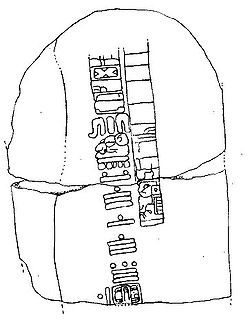
The back of Stela C from Tres Zapotes This is the second oldest Long Count date yet discovered. The numerals 7.16.6.16.18 translate to September 3, 32 BCE (Julian). The glyphs surrounding the date are one of the few surviving examples of Epi-Olmec script.[59 |
Mesoamerican Long Count calendar and invention of the zero concept - image shown at left. The most ancient Olmec script was only recently deciphered with help from the Mende script written language of the Mende tribe in West Africa.
.
The back of Stela C from Tres Zapotes This is the second oldest Long Count date yet discovered. The numerals 7.16.6.16.18 translate to September 3, 32 BCE (Julian). The glyphs surrounding the date are one of the few surviving examples of Epi-Olmec script. The Long Count calendar used by many subsequent Mesoamerican civilizations, as well as the concept of zero, were devised by the Olmecs.
Because the six artifacts with the earliest Long Count calendar dates were all discovered outside the immediate Maya homeland, it is now more probable that this calendar predated the Maya and was possibly the invention of the Olmecs. Indeed, three of these six artifacts were found within the Olmec heartland.
The Olmec civilization had ended by the 4th century BCE, several centuries before Greece, India or any civilization had the idea of the number zero as a concept. The Long Count calendar required the use of zero as a place-holder within its vigesimal (base-20) positional numeral system.
A shell glyph was used as a zero symbol for these Long Count dates, the second oldest of which, on Stela C at Tres Zapotes, has a date of 32 BCE. This is one of the earliest uses of the
zero concept in history.
 Olmec Cave Paintings found with skulls date more than 10,000 years.
Olmec Cave Paintings found with skulls date more than 10,000 years. 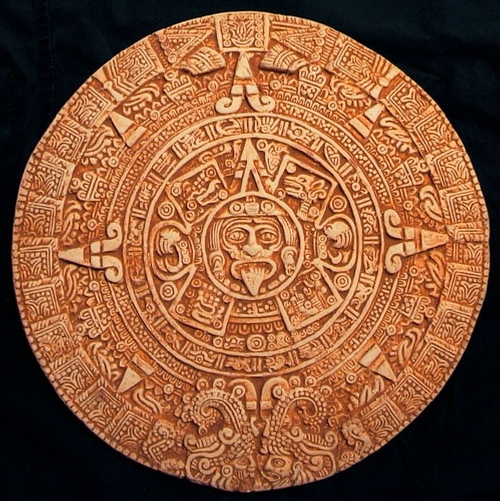
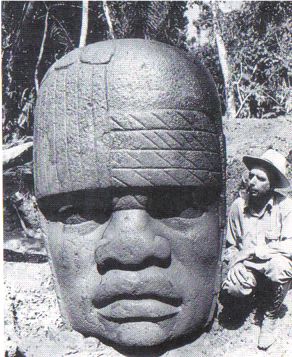
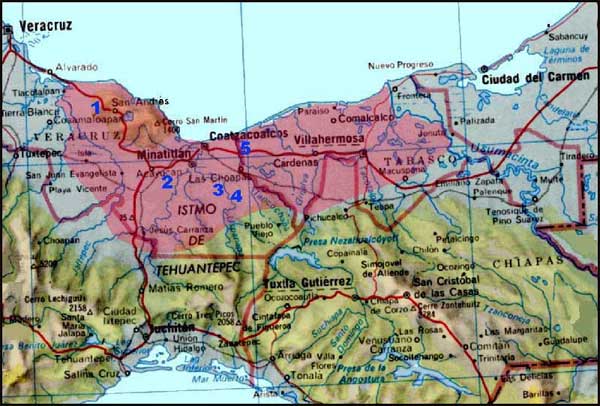 In a fascinating and beautiful tropical land, the mysterious legends begin to unravel.
In a fascinating and beautiful tropical land, the mysterious legends begin to unravel. 
